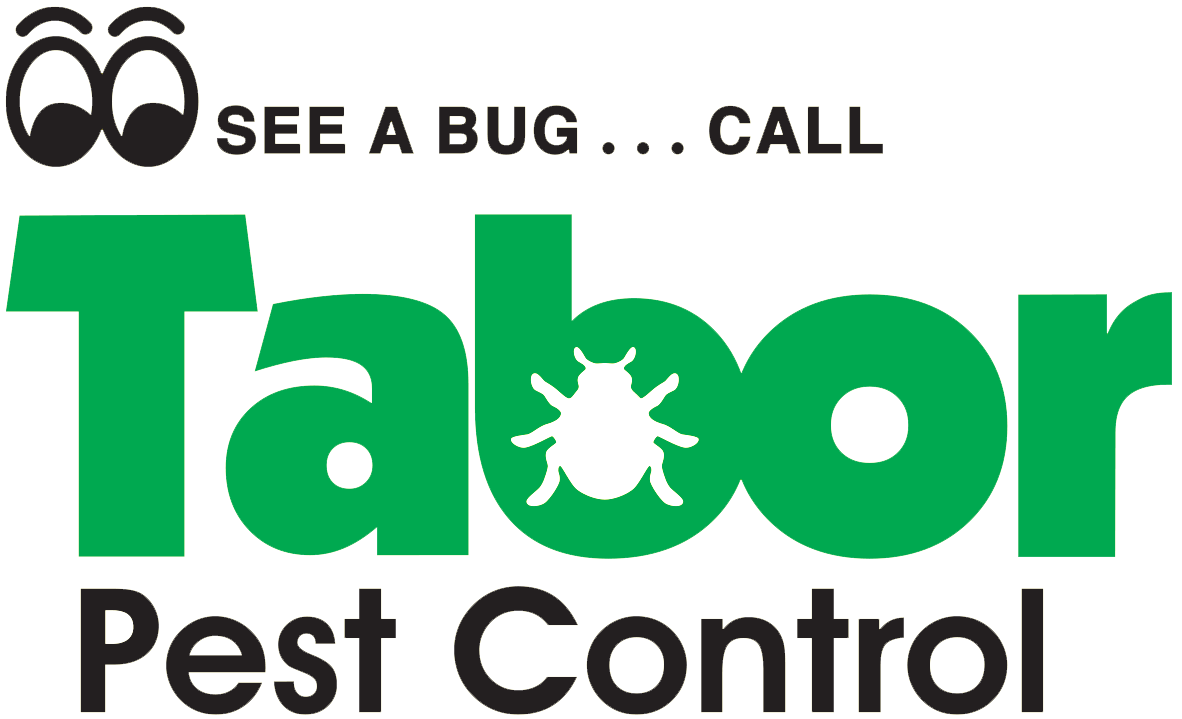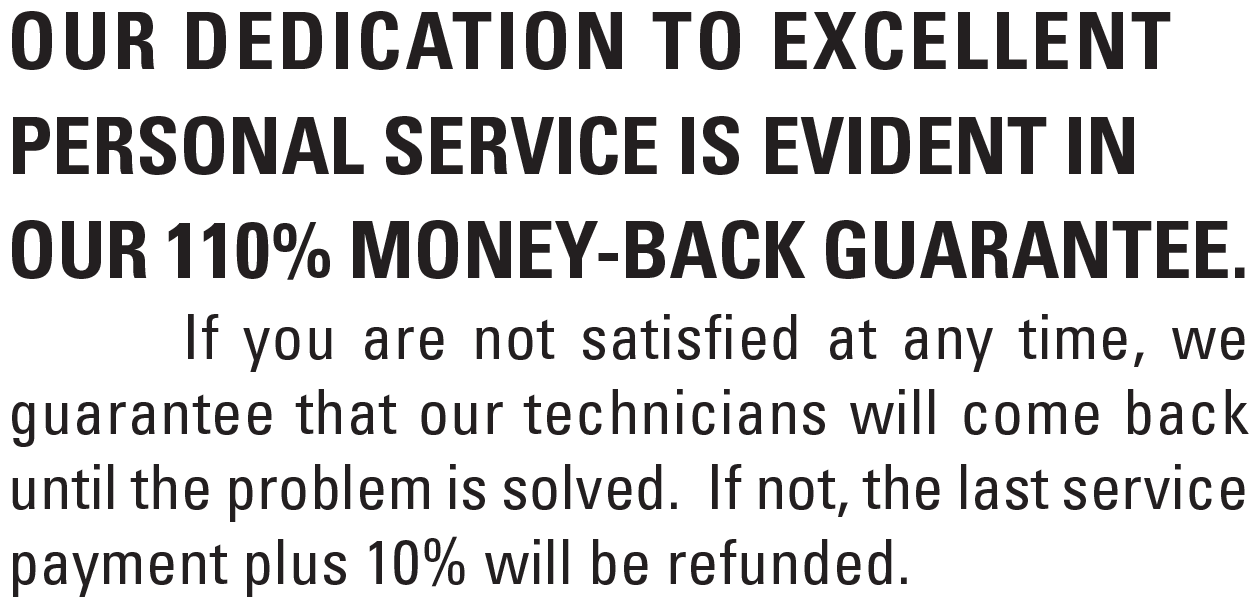Commercial Pest Control for Warehouses: No More Pests!
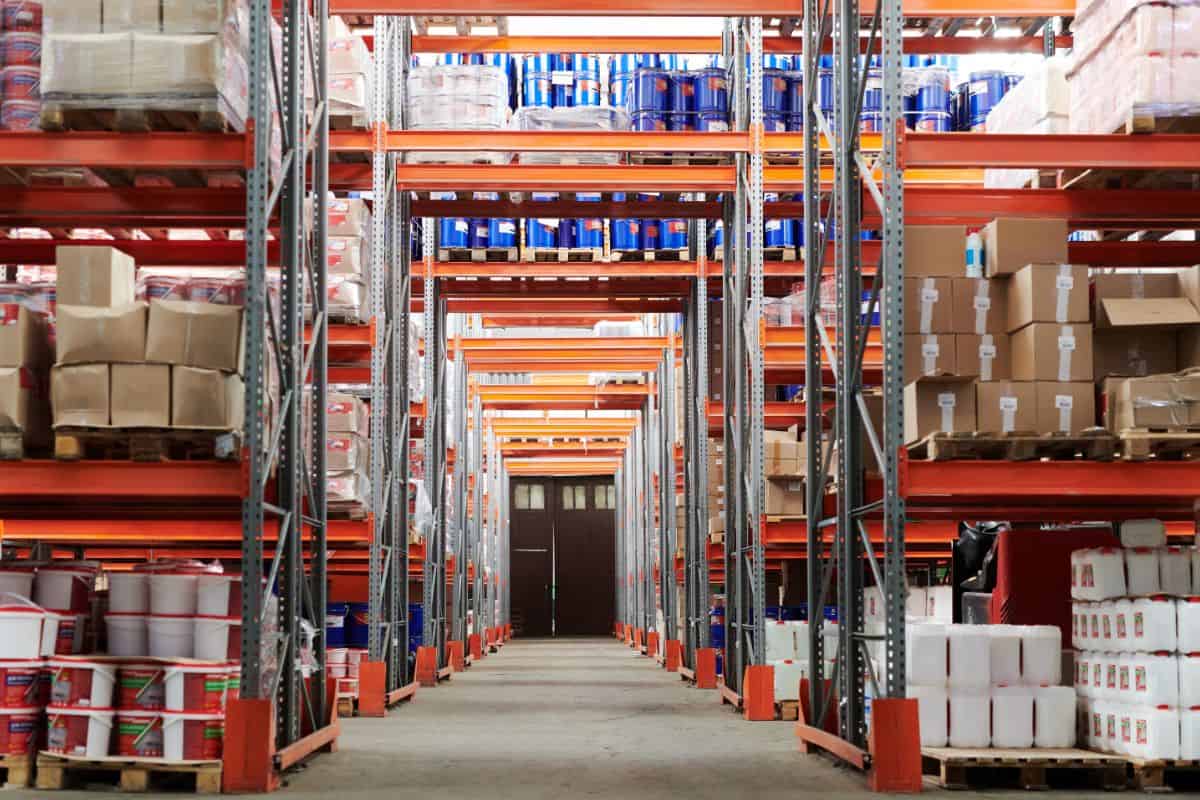
Pest control is a crucial aspect of warehouse maintenance that is often overlooked. Pests can be extremely damaging to a wide range of physical products when not adequately controlled.
This can, of course, be very harmful to the goods stored in the warehouse, customer relationships, and the business’s reputation.
Risks of a Warehouse Pest Infestation
Pests can be a major headache for a warehouse, causing disruptions in operations and straining customer relations and reputation.
1. Disease Transmission
Pests such as rodents, insects, and birds can carry various diseases and bacteria. These can contaminate your products, putting end-users at risk and leading to potential health concerns.
It’s vital to maintain a pest-free environment to ensure the health and safety of your employees as well as your customers.
2. Damage to Inventory and Infrastructure
Rodents, in particular, tend to chew through packaging materials and gnaw on structures, potentially compromising the integrity of your products.
This can lead to financial losses and undermine the quality of your goods.
3. Contamination of Products
Pests can introduce dirt, bacteria, and allergens to your products, making them unsuitable for sale. This can lead to customer complaints, product recalls, and possible legal action.
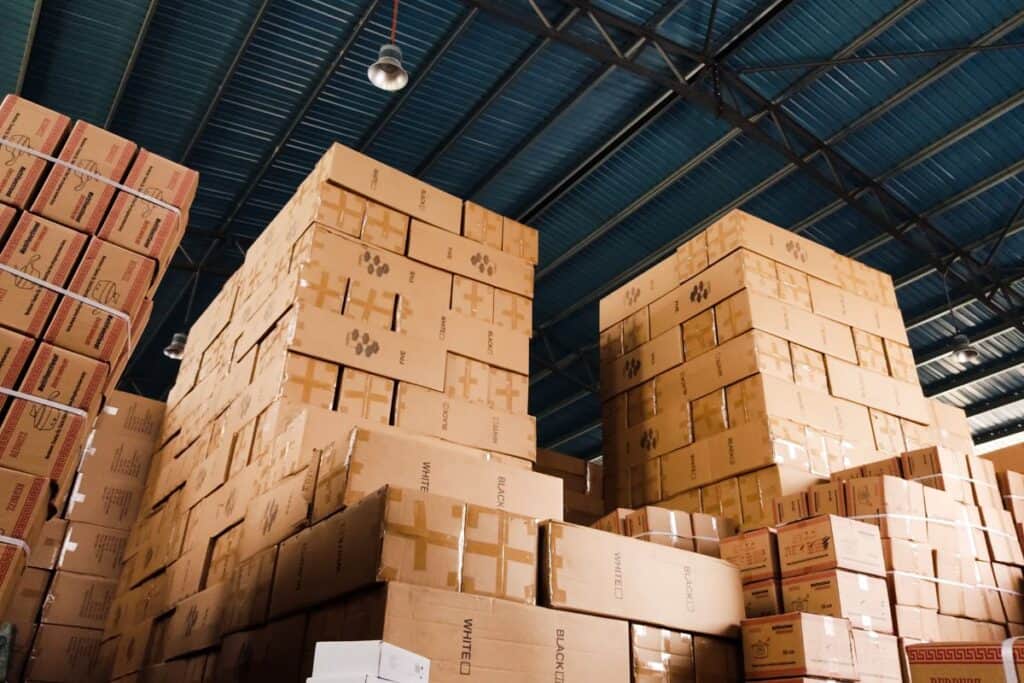
Maintaining a clean, pest-free warehouse is crucial in minimizing these risks and maintaining the quality of your goods.
4. Decrease in Productivity
The need to deal with pest-related issues can divert their attention from their job duties, decreasing efficiency.
A pest-free environment enhances your workers’ productivity and ensures a safe and healthy workspace.
5. Business Reputation
Customers expect the products they purchase to be free of contaminants and safe for consumption.
If word gets out that your warehouse has a pest problem, it may result in lost customers, decreased sales, and a damaged reputation.
Understanding the Common Warehouse Pests
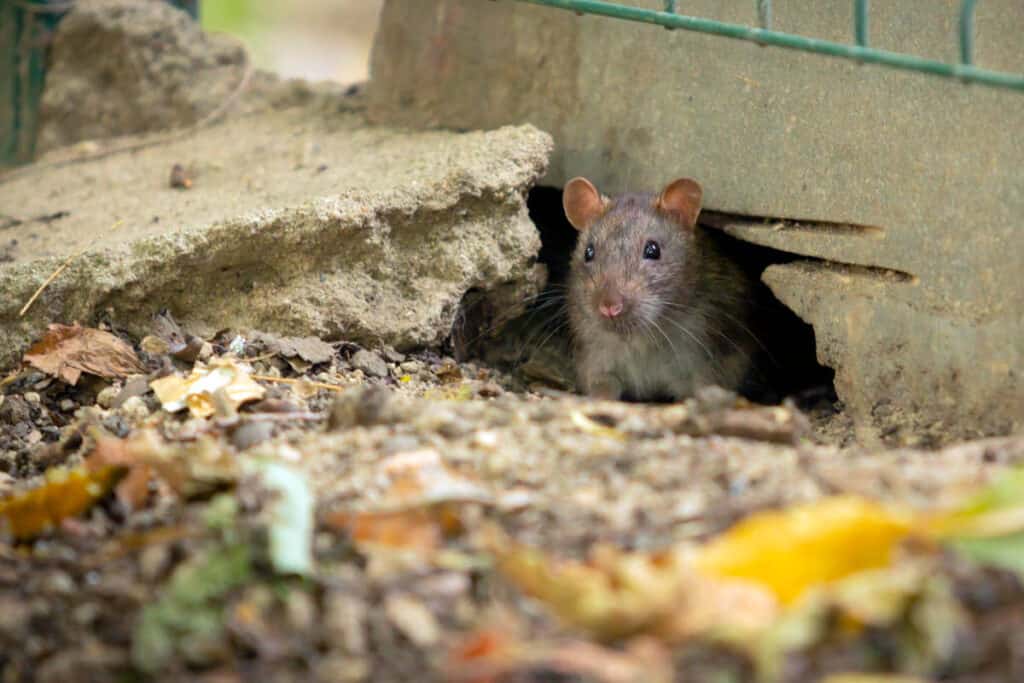
The first step to preventing a pest infestation is to look at what pests are most likely to cause problems. Here is a quick breakdown of the most common and most harmful pests found in warehouses:
- Rodents: Rats and mice have the ability to squeeze through small openings, gnaw on various materials, and contaminate your products with their droppings.
- Cockroaches: These notoriously resilient insects are attracted to warm, dark, and damp environments, making warehouses an ideal breeding ground. Cockroaches can spread diseases, contaminate products, and damage packaging materials.
- Birds: Pigeons, sparrows, and other birds can easily enter warehouses through open doors or windows, where they can build nests and cause damage to equipment or stored goods. Bird droppings can also be unsightly and pose health hazards.
- Ants: Various species of ants can be a nuisance in warehouses, particularly when they infest stored food products. They can contaminate goods and cause structural damage to your facility.
- Weevils: These small beetles are known for infesting stored grain products, causing significant losses if not properly managed. Adult weevils lay their eggs inside the grain kernels, where the larvae then feed and develop.
By understanding the different types of warehouse pests and knowing what signs to look out for, you can take proactive measures to prevent infestations and protect your inventory from damage.
Preventing an Infestation

Here are some of the most effective steps you can take to ensure that pests stay out of your warehouse:
- Exclusion: Ensure all doors, windows, and ventilation systems are properly sealed with weather stripping or mesh screens. Regularly inspect your warehouse for cracks or holes in the walls, floors, and ceilings that could serve as potential entry points for pests.
- Sanitation: Remove clutter, store products properly, and dispose of trash or waste regularly. This will help to minimize any potential hiding spots and breeding grounds for pests.
- Maintenance: Regularly inspecting and repairing damaged equipment, fixtures, and structures will help deter pests from making your warehouse their home. Pay close attention to areas where rodents might be attracted, such as pipes, heating ducts, or electrical equipment.
- Inspections: Monitoring rodent activity and other pests can help you identify problem areas early on, allowing for prompt intervention before infestations become widespread.
Warehouse Pest Control Solutions
In the event that the above preventative measures fail to keep out all pests, you should consider investing in professional pest control solutions and services tailored to your warehouse facilities.

These solutions are designed to combat common warehouse pests, such as ants, rodents, flies, cockroaches, and birds, with minimal disruption to your operations.
One key benefit of hiring professional pest control services is their expertise in Integrated Pest Management (IPM). IPM is a comprehensive approach to pest control that considers environmental, chemical, and biological factors.
This strategy enables pest control specialists to target specific pests while minimizing the use of harmful chemicals, promoting a healthier and safer environment for your warehouse.
When looking for industrial pest control services near you, the most important things to look for are experience in your industry and personalized attention.
You want a commercial pest control company that has experience working with similar situations, and that is able to address your personal needs.
Tabor Pest Control has been providing high-quality commercial pest control services to the Southern Alabama area for over 60 years.
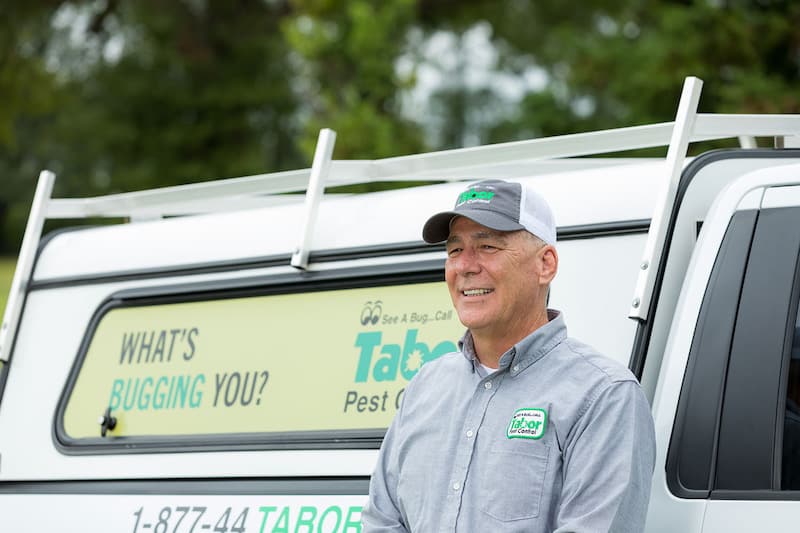
We pride ourselves on our customer service and our personalized approach to doing business.
Frequently Asked Questions
What are the best methods to prevent pest infestations in a warehouse?
To prevent pest infestations in a warehouse, you should implement a comprehensive pest control program that includes:
- Regular inspections for signs of pest activity and entry points.
- Sealing any gaps and cracks around the perimeter.
- Keeping the area clean and free of debris to eliminate potential harborage sites.
- Properly storing food and raw materials away from walls and off the floor.
- Employing integrated pest management (IPM) techniques, including the use of traps, baits, and monitoring devices.
Which pests are most common in warehouses and storage facilities?
Some of the most common pests found in warehouses and storage facilities are rodents, flies, cockroaches, stored product pests, birds, and others.
Each pest can cause different issues, and it’s important to identify them early to implement appropriate control methods.
How often should a warehouse receive pest control treatments?
The frequency of pest control treatments depends on the specific needs of your warehouse. Factors that can influence the frequency include the size of the facility, the type of stored goods, and the level of pest activity.
For a typical warehouse, regular inspections and preventive treatments should be scheduled every month or quarter. However, high-risk facilities or those with a history of infestations may require more frequent treatments.
Are there any specific regulations for pest control in food storage warehouses?
Yes, there are specific regulations for pest control in food storage warehouses. These regulations are designed to ensure the safety of the food supply and may include guidelines for sanitation, pest exclusion, and treatment methods.
For instance, the U.S. Food and Drug Administration (FDA) has established regulations under the Food Safety Modernization Act (FSMA) that require food facilities to implement preventive controls for identified risks, including pest management.
How do I choose the right pest control company for my warehouse?
When choosing a pest control company for your warehouse, consider the following factors:
- Experience in warehouse pest management and familiarity with the specific pests in your area.
- Certification and licensing according to local regulations.
- The company’s reputation for effectiveness and customer service.
- The use of integrated pest management (IPM) techniques and environmentally friendly treatments whenever possible.
- Willingness to customize pest control plans to address the unique needs of your facility.
By considering these factors, you can find a pest control company that will help you maintain a pest-free environment for your warehouse.
References
- https://www.fda.gov/food/food-safety-modernization-act-fsma/fsma-final-rule-preventive-controls-human-food
- https://publications.jsi.com/JSIInternet/Inc/Common/_download_pub.cfm?id=3911&lid=3
- https://www.epa.gov/safepestcontrol/tips-selecting-pest-control-service
- https://www.epa.gov/safepestcontrol/choosing-pest-control-company
- https://www.ncbi.nlm.nih.gov/pmc/articles/PMC7760151/
- https://www.nyc.gov/site/doh/health/health-topics/pests-and-pesticides-building-owners.page
